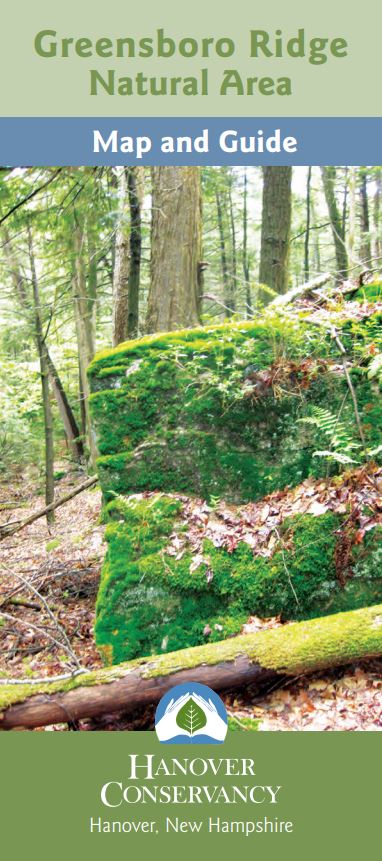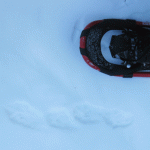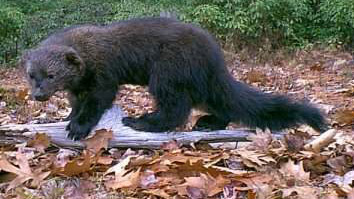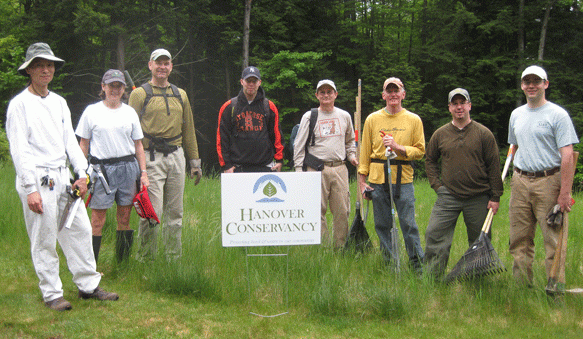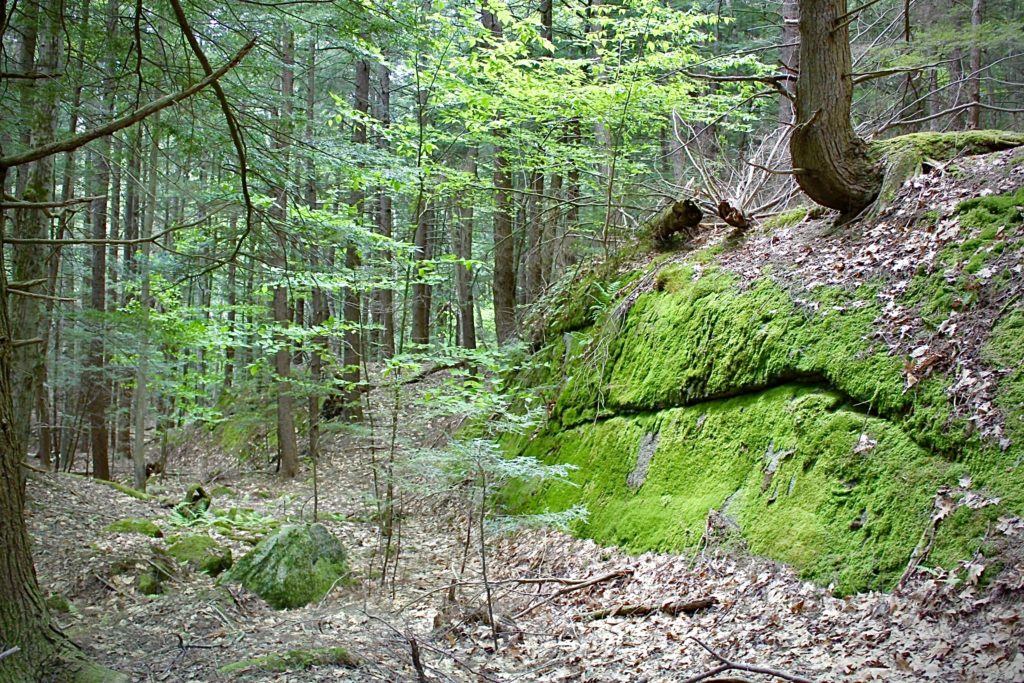
This 113-acre preserve protects habitat for bobcat, black bear, spotted salamanders and many more creatures, while providing an important link to the Appalachian Trail. This preserve is the result of a successful partnership with Simpson Development, who agreed to cluster the Silent Brook and Velvet Rocks developments in order to protect the remaining 113 acres as a natural area. The Town of Hanover was instrumental in this land’s protection in 2008 and holds the conservation easement.
Greensboro Ridge offers a natural retreat just east of downtown Hanover, off Greensboro Road. The predominant natural community is upland forest composed of white pine and hemlock. Small intermittent streams cross the property, and tucked-away vernal pools are a delight to explore in the spring months. The trail traverses a breathtaking landscape as it climbs up the ridge and connects with the Appalachian Trail near Velvet Rocks. Visitors will remark on the preserve’s ferny clearings, woodland streams, mossy glens, and dramatic rock ledges. Bikes are allowed only on the Silent Brook Trail, and hunting for white-tailed deer is allowed north of this trail.
How to get there
Oli’s Eagle Trail & Silent Brook Trail: From Greensboro Road, turn onto Velvet Rocks Drive and continue to the trailhead parking area at the top of the road. The Silent Brook Trail can also be reached from the Silent Brook housing development. From Greensboro Road, turn onto Silent Brook Drive, turn right, and park beyond the homes’ parking area. The trail begins at the upper northeast corner of the development. Please respect the privacy and property of the Velvet Rocks and Silent Brook communities on your way to and from the Natural Area. No overnight parking is permitted at the trailhead area.
The 0.6 mile Greensboro Highlands Trail, on a route recommended by biologists to showcase the property’s fascinating natural features while avoiding sensitive habitats, links existing trails to create a new loop past dramatic rock faces and more. Vertical gain is about 300 feet. The trail is for foot travel only. Oli’s Eagle Trail (0.5 miles, foot travel only), connects to the Appalachian Trail in a 20 minute hike, traversing easy to moderate terrain. Sections of the trail pass over rocks and boulders, so sturdy footwear is recommended. The 0.4 mile Silent Brook Trail, where mountain biking is also permitted, connects the Silent Brook and Velvet Rocks neighborhoods. Generous donors, including the Hypertherm HOPE Foundation, pitched in with the funds needed to make this trail a reality.
Trailhead Kiosk
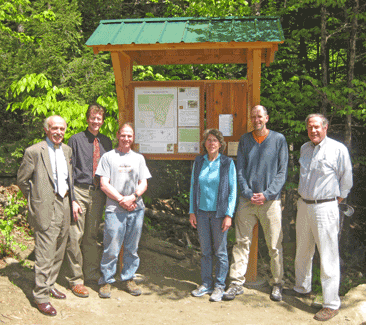
Many thanks to Trumbull-Nelson for the beautiful kiosk greeting hikers at the beginning of Oli’s Eagle Trail at the top of Velvet Rocks Drive. The Town of Hanover DPW crew installed the footings. Posted here are an updated trail map, tidbits about the Natural Area’s wildlife and special habitats, trail details, and guidelines for use. Watch this space for special notices about happenings at the Natural Area.
Related Articles
| Trails Softening ~ Bears Out Soon! | March 12, 2012 |
| NEW! Clean Water Future: A Marketplace | March 5, 2012 |
| Greensboro Ridge Discoveries Revealed | January 23, 2012 |




